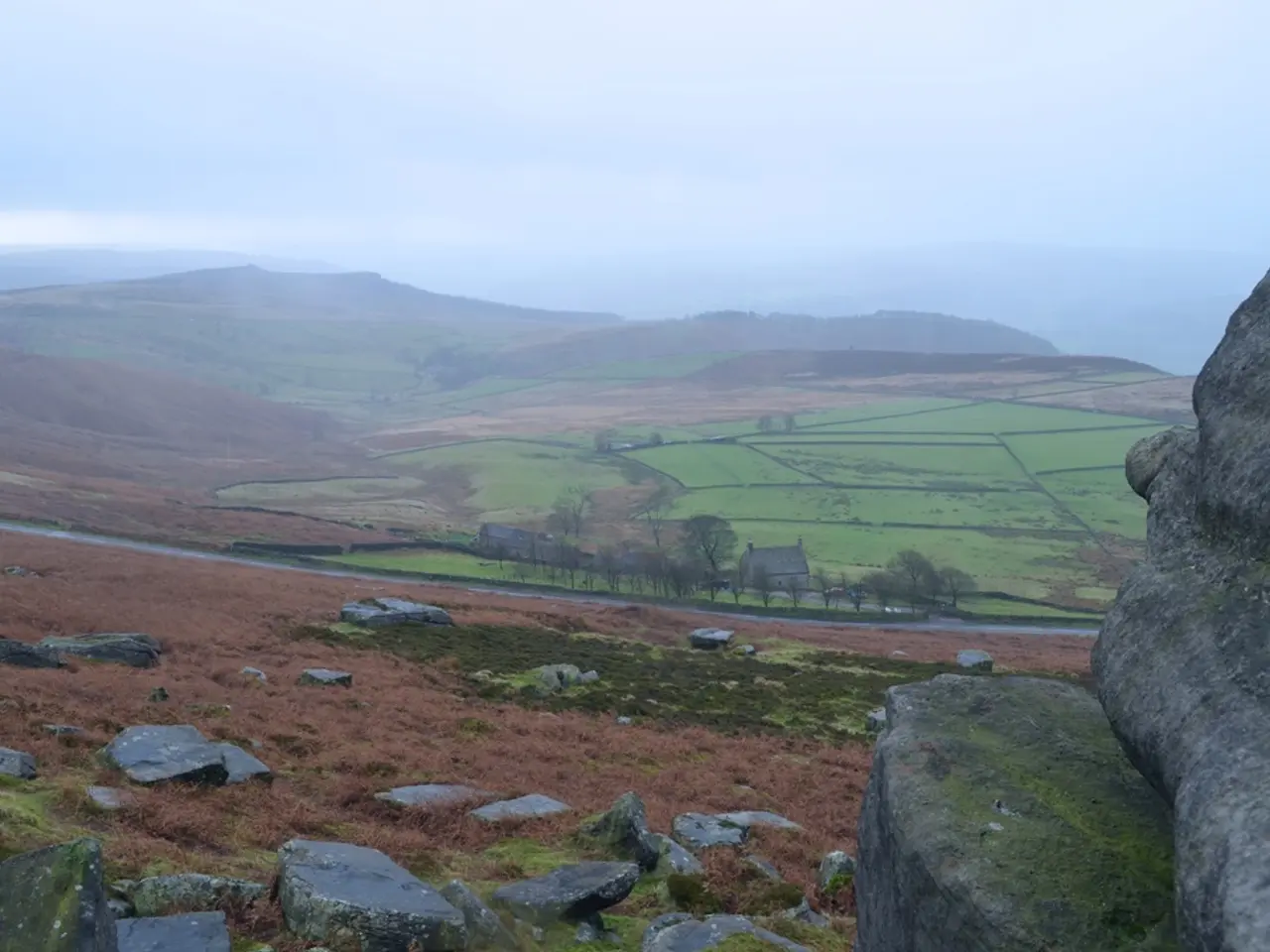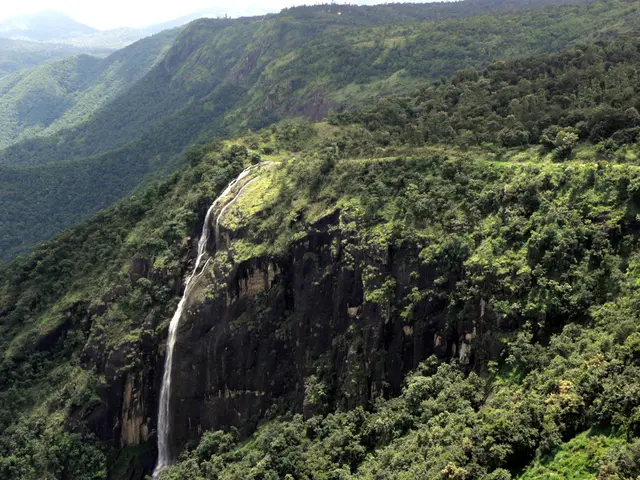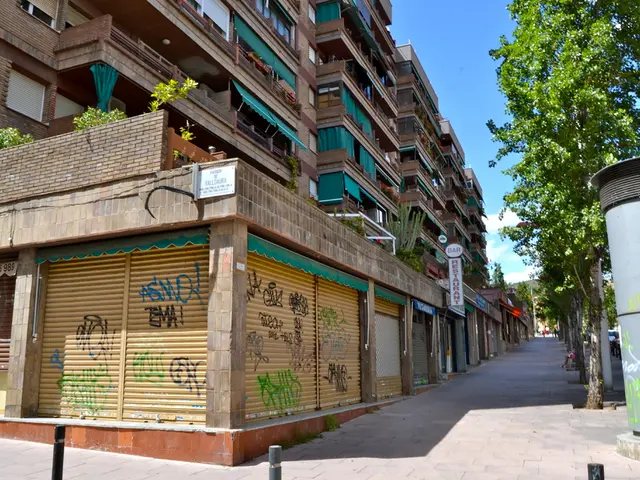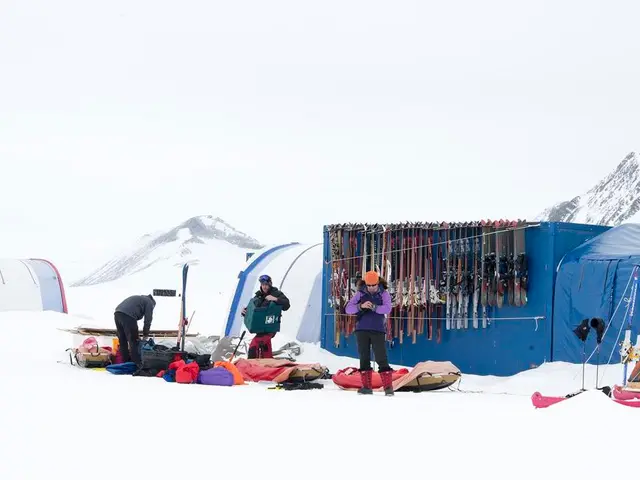CIDCO rejuvenates idea for transforming Nhava Island into a tourist hotspot
In an ambitious move to boost tourism and recreational opportunities around Navi Mumbai, the City and Industrial Development Corporation (CIDCO) is reviving plans to transform Nhava Island into a major tourism hub. Leveraging its proximity to landmarks like Elephanta Island and the upcoming Navi Mumbai International Airport (NMIA), the island is set to become a world-class destination accessible by ferry and road via the Atal Setu sea bridge.
### Development Plans
CIDCO's vision for Nhava Island includes the creation of a comprehensive tourism centre, featuring hotels, resorts, restaurants, convention centres, curated parks or forests, residential real estate, and theme parks. A consultant is expected to be hired to prepare a detailed master plan and financial model for this project.
The project forms part of a broader vision to make Nhava Island an attractive destination. With the Atal Setu, India’s longest sea bridge, connecting Sewri in Mumbai directly to Nhava Sheva near the island, travel time has been significantly reduced, improving connectivity.
### Ecological Concerns and Opposition
However, environmentalists from Navi Mumbai have expressed concerns about the island's delicate ecosystem. Nhava Island and its surrounding marine environment are fragile and sensitive, posing potential challenges to development. Additionally, the airspace over the island is restricted due to its location in the NMIA’s funnel zone, imposing height restrictions on constructions.
The state government's "Maharashtra Vision Document 2047" mentions developing Nhava Island as an eco-tourism destination, indicating an effort to balance development with ecological preservation. The remaining 13.85 hectares of Nhava island that are free of Coastal Regulation Zone (CRZ) restrictions allow for activities including the Regional Park Zone. According to the Coastal Zone Management Plan (2019), 19.77 hectares of Nhava island fall under a 50-mt buffer zone in mangroves.
### Future Outlook
While the development status is active with renewed government backing and detailed planning underway, the future of Nhava Island tourism will depend critically on managing ecological concerns alongside ambitious infrastructure growth. The upcoming NMIA, located just 1.5 km away from Nhava Island and accessible via ferries, will play a significant role in attracting tourists.
In conclusion, the revived plan seeks to capitalise on strategic connectivity improvements and upcoming aviation infrastructure to create a world-class tourism hub on Nhava Island. However, environmental opposition remains a key challenge, focusing on protecting the island's delicate ecosystem while integrating sustainable tourism practices into development plans.
- The development of Nhava Island envisions a comprehensive tourism center including hotels, resorts, restaurants, convention centers, parks or forests, residential real estate, and theme parks, as part of CIDCO's ambitious plans.
- The state government's "Maharashtra Vision Document 2047" indicates a balance between development and ecological preservation on Nhava Island, aiming for it to become an eco-tourism destination.
- While the development of Nhava Island tourism depends on managing ecological concerns along with infrastructure growth, the upcoming Navi Mumbai International Airport (NMIA) will play a significant role in attracting tourists.
- The future potential of this tourism hub could make Nhava Island an attractive investment opportunity in the real estate sector, offering lifestyle options to travelers and locals alike.
- Scientific research and environmental-science principles will be essential in devising a sustainable approach to tourism development on Nhava Island, addressing concerns about its fragile ecosystem and airspace restrictions.
- International travelers may consider India's Nhava Island as a new destination for both cricket tours, given its proximity to Mumbai, and environmental-science enthusiasts seeking immersive experiences in ecological preservation and sustainable tourism practices.




